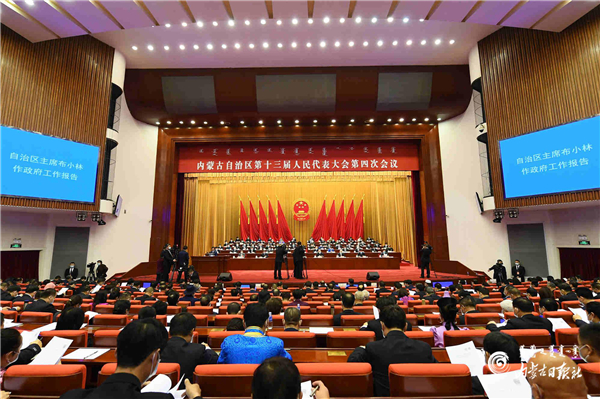Ulanqab
Ulanqab literally translates as red mountain pass in Mongolian. It’s located in the middle part of Inner Mongolia autonomous region. Covering a total area of 54,500 square kilometers, Ulanqab has a permanent population of 2.12 million, and governs 11 prefectures.
In the Han Dynasty (206 BC-220), Ulanqab was the territory of Xiongnu, an alliance of nomadic tribes who are also known as the Hun[Just checking to make sure this is correct, and should not be “Han”] In the Tang Dynasty (618-907), Ulanqab belonged to different commanderies such as the Dingxiang Commandery, Mayi Commandery and Yanmen Commandery. By the Ming Dynasty (1368-1644), Ulanqab was the residence of the Chahar and Tumd tribes. At the beginning of the Qing Dynasty (1644-1911), six tribes made an alliance there, which is how the Ulanqab League got its name. The city was under Suiyuan Province’s jurisdiction in the Republic of China era (1912 - 1949).
As Ulanqab has abundant energy and rich resources, its three major power generation industries, thermal power, wind power and photovoltaic power, have develop well. The city’s total installed capacity of power plants now tops 11 million Kilowatts, making Ulanqab an important electrical energy base in Inner Mongolia. There are more than 80 types of discovered mineral reserves in Ulanqab, including coal, petroleum, molybdenum, graphite, lead, silver, copper and iron. In recognition of its large production and high quality of agricultural and livestock products, Ulanqab has been named China’s Capital of Potatoes, one of China’s Top Ten Cities in Food Safety and a China’s Top Ten City in Milk Production.
With a good location and convenient transportation, Ulanqab is the nearest grassland tourist resort to Beijing, and has been named China’s best grassland summer resort by the Chinese Meteorological Society. Located at the junction of Inner Mongolia, Shanxi and Hebei Province, Ulanqab is a vital hub linking the three major economic zones of Northeast China, North China and Northwest China and is an significant international corridor leading to Mongolia, Russia and countries in Eastern Europe. There are eight logistics parks in Ulanqab which include the Ulanqab integrative logistics base and Jining modern logistics park.
In 2018, the gross regional product of Ulanqab increased by 5.5 percent over the previous year. Per capita GDP increased by 5.7 percent.
Among them, the primary industry increased by 1.6 percent; the secondary industry increased by 4.8 percent and the tertiary industry increased by 7.9 percent.
From the perspective of industrial structure, the three industrial structures were adjusted from 17.9: 40.0: 42.1 of the previous year to 15.9: 40.9: 43.2.
In terms of foreign trade, the total value of customs imports and exports for the year was 1.18 billion yuan, a decrease of 30.0 percent. Of which, total imports were 150 million yuan, an increase of 55.4 percent, and the total exports were 1.03 billion yuan, a decrease of 35.2 percent.
The actual utilization of foreign capital in the year was $12.61 million, and four foreign-invested enterprises were approved.
At the end of 2018, the city's total number of registered foreign-invested enterprises reached 181.



 Print
Print Mail
Mail





